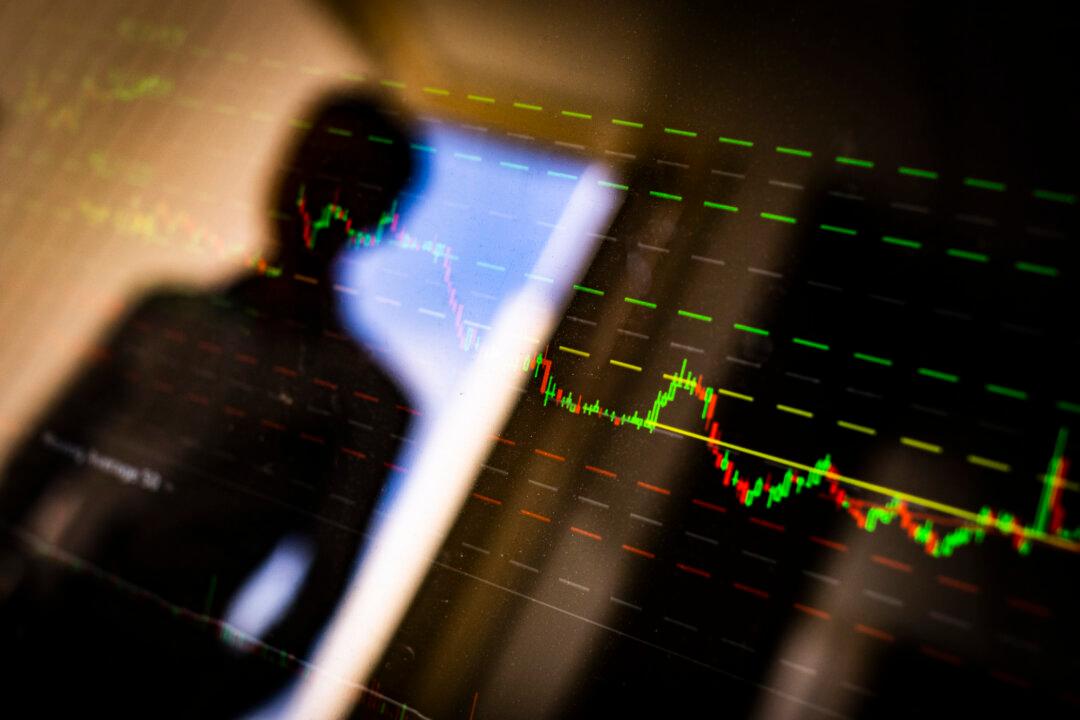Despite intermittent rebounds, U.S. financial markets have been on the decline, with the leading benchmark indexes slumping in year-to-date trading, covering investors’ portfolios with red ink.
Even robots are having a rough time making sense of the market. The AI Powered Equity ETF has slipped close to 9 percent, falling behind the benchmark S&P 500 Total Return Index by roughly 5 percent through Feb. 8.





